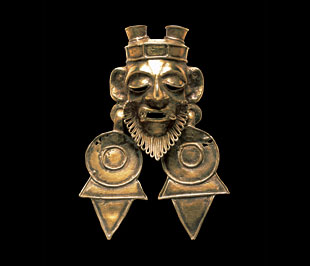|
























|
|









Daily Life of Commoners and the Nobility
Aztec society was made up of two completely differentiated social classes: the pipiltin, or nobility, and the macehualtin, or commoners.
The nobility were allowed to accumulate and display wealth, including precious objects—especially jade, feathers, and fur—and elegant clothing made of cotton. They lived in palatial buildings, practiced polygamy, held public office, were exempt from manual labor, and received tributary payment.
Commoners were the bulk of the population and were responsible for all heavy labor such as agriculture and transport. They lived in simple huts, dressed in rough clothing made of ixtle fiber, were required to be monogamous, and were prohibited, on pain of death, from accumulating, much less exhibiting, wealth.
Artisans and merchants were also commoners, but the state exempted them from farm work. In exchange, they had to pay as tribute the objects they produced with their hands or those they brought from far-off territories.
Xiuhtecuhtli pendant. Mixtec, ca. 1500. Gold, 6 x 4 x 1.5 cm. Museo de las Culturas de Oaxaca, INAH. Photo Michel Zabé, assistant Enrique Macías.
|
|